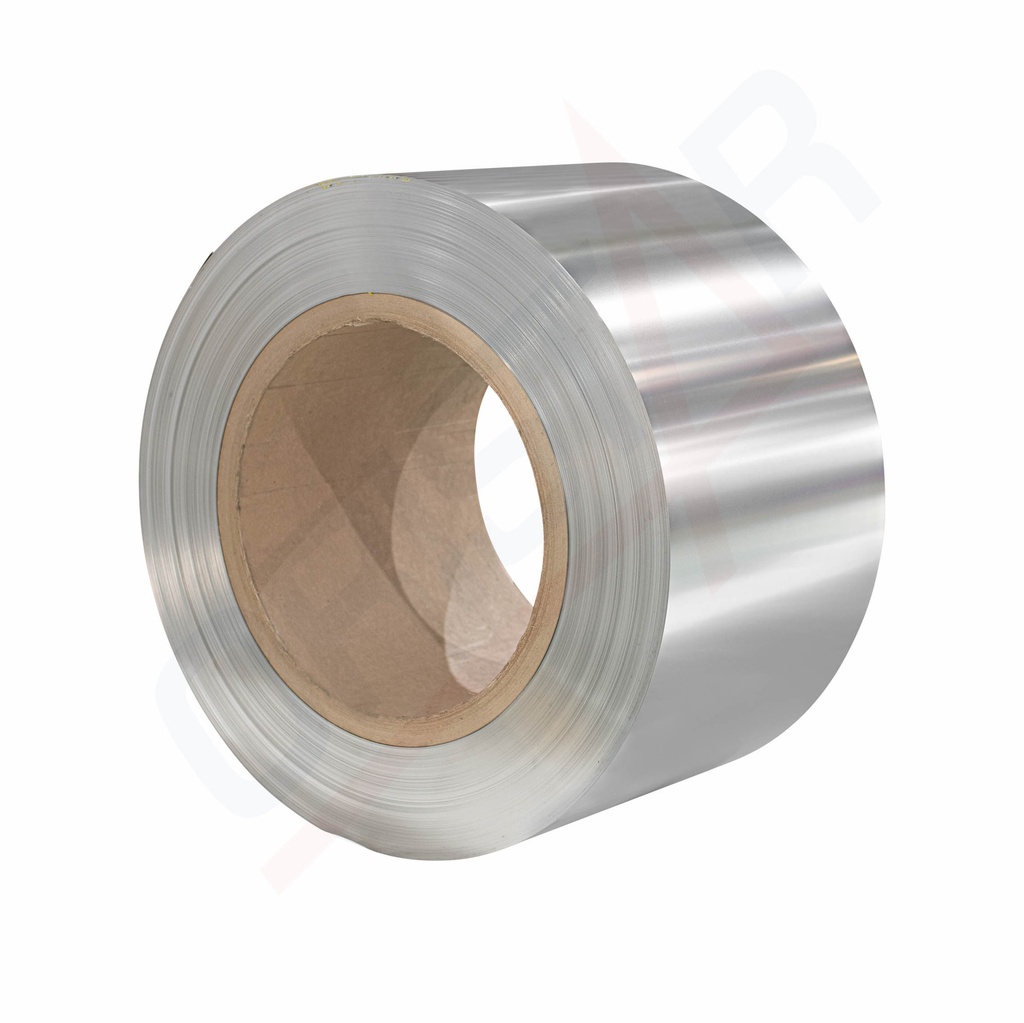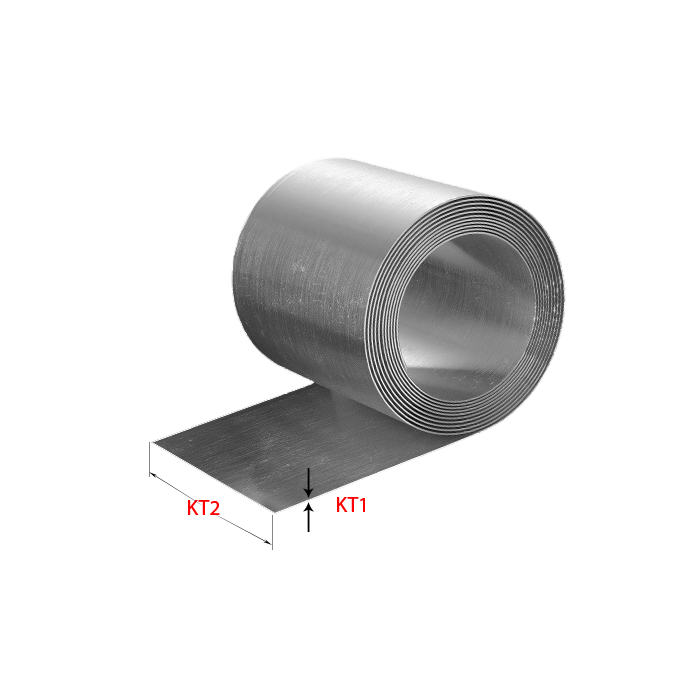THÔNG TIN CƠ BẢN
SUS 316L Stainless Steel Coil is an austenitic stainless steel with a higher molybdenum content than SUS 304, which enhances its corrosion resistance, especially in environments containing chlorides and other corrosive chemicals. SUS 316L is the low-carbon version of SUS 316, reducing the risk of intergranular corrosion after welding or when used in high-temperature environments.
Key Characteristics of SUS 316L Stainless Steel Coil:
- Chemical Composition:
- Chromium (Cr): 16.0-18.0%, provides corrosion and oxidation resistance.
- Nickel (Ni): 10.0-14.0%, enhances corrosion resistance and ductility.
- Molybdenum (Mo): 2.0-3.0%, improves corrosion resistance in chloride and chemical environments.
- Carbon (C): Maximum 0.03%, reduces susceptibility to intergranular corrosion.
- Manganese (Mn): Maximum 2.0%, improves machinability.
- Silicon (Si): Maximum 1.0%, contributes to strength and corrosion resistance.
- Phosphorus (P) and Sulfur (S): Both are present in maximum amounts of 0.045% and 0.030% respectively, maintaining high steel purity.
- Physical Properties:
- High Corrosion Resistance: Due to the high molybdenum content, SUS 316L offers better corrosion resistance compared to SUS 304, particularly in seawater, chloride-containing water, and corrosive chemical environments.
- High Ductility and Strength: It has good tensile strength and ductility, making it easy to process and form.
- Oxidation Resistance: Good in high-temperature environments but not recommended for prolonged use above 800°C.
- Good Weldability: The low carbon content minimizes carbide precipitation during welding, reducing the risk of intergranular corrosion after welding.
- Applications:
- Chemical and Petrochemical Industry: Used in equipment and pipelines for transporting chemicals where high corrosion resistance is required.
- Marine Industry: Used in ship structures, machinery parts exposed to seawater, and marine environments.
- Medical and Food Processing Equipment: Used in manufacturing medical instruments, food processing equipment due to its corrosion resistance and ease of cleaning.
- Construction Industry: Used in exterior applications and architecture where long-term durability and corrosion resistance are required.
Manufacturing and Processing:
- Production Process: SUS 316L is produced through cold rolling to achieve the desired thickness and mechanical properties, then coiled for easy transportation and use.
- Fabrication: It can be easily processed through methods like cutting, welding, and forming, making it suitable for a wide range of applications.
(Source: Internet)
Key Characteristics of SUS 316L Stainless Steel Coil:
- Chemical Composition:
- Chromium (Cr): 16.0-18.0%, provides corrosion and oxidation resistance.
- Nickel (Ni): 10.0-14.0%, enhances corrosion resistance and ductility.
- Molybdenum (Mo): 2.0-3.0%, improves corrosion resistance in chloride and chemical environments.
- Carbon (C): Maximum 0.03%, reduces susceptibility to intergranular corrosion.
- Manganese (Mn): Maximum 2.0%, improves machinability.
- Silicon (Si): Maximum 1.0%, contributes to strength and corrosion resistance.
- Phosphorus (P) and Sulfur (S): Both are present in maximum amounts of 0.045% and 0.030% respectively, maintaining high steel purity.
- Physical Properties:
- High Corrosion Resistance: Due to the high molybdenum content, SUS 316L offers better corrosion resistance compared to SUS 304, particularly in seawater, chloride-containing water, and corrosive chemical environments.
- High Ductility and Strength: It has good tensile strength and ductility, making it easy to process and form.
- Oxidation Resistance: Good in high-temperature environments but not recommended for prolonged use above 800°C.
- Good Weldability: The low carbon content minimizes carbide precipitation during welding, reducing the risk of intergranular corrosion after welding.
- Applications:
- Chemical and Petrochemical Industry: Used in equipment and pipelines for transporting chemicals where high corrosion resistance is required.
- Marine Industry: Used in ship structures, machinery parts exposed to seawater, and marine environments.
- Medical and Food Processing Equipment: Used in manufacturing medical instruments, food processing equipment due to its corrosion resistance and ease of cleaning.
- Construction Industry: Used in exterior applications and architecture where long-term durability and corrosion resistance are required.
Manufacturing and Processing:
- Production Process: SUS 316L is produced through cold rolling to achieve the desired thickness and mechanical properties, then coiled for easy transportation and use.
- Fabrication: It can be easily processed through methods like cutting, welding, and forming, making it suitable for a wide range of applications.
(Source: Internet)



